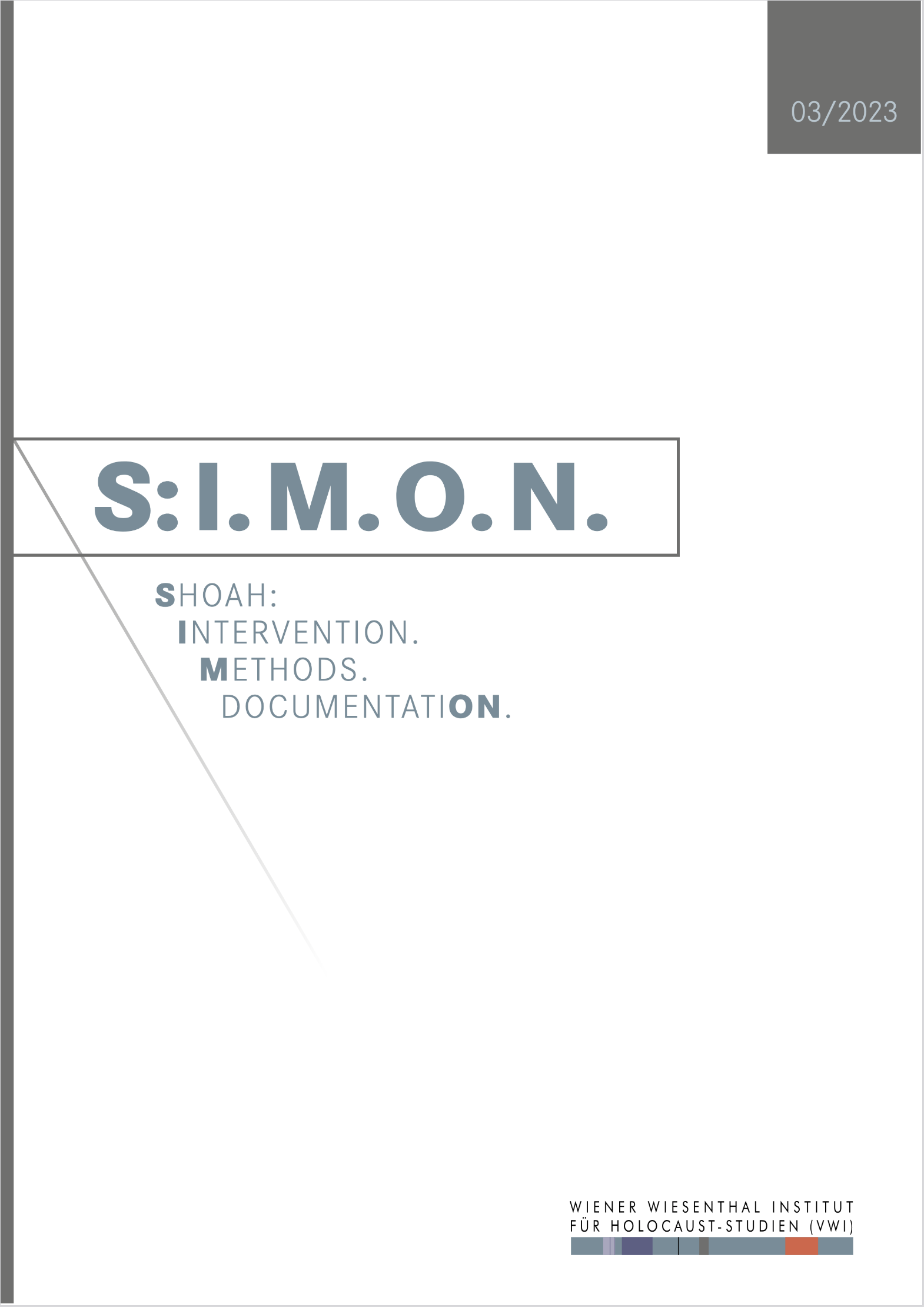The Phantom Giant, the No-Key Gate, and the Beauty Salon of History. The German-Jewish Reparation Settlement and the Holocaust
The Phantom Giant, the No-Key Gate, and the Beauty Salon of History. The German-Jewish Reparation Settlement and the Holocaust
Author(s): Gideon ReuveniSubject(s): History, WW II and following years (1940 - 1949), Post-War period (1950 - 1989)
Published by: Wiener Wiesenthal Institut für Holocaust-Studien
Keywords: Transitional Justice; Reparation Studies; ; Holocaust; German-Jewish Relations;
Summary/Abstract: When, on 10 September 1952, the Federal Republic of Germany, the State of Israel, and the Conference on Jewish Material Claims Against Germany signed a reparations agreement in Luxembourg, this settlement was considered historic. Official publications from both sides portrayed it as a historic enterprise of tremendous scope, unprecedented in the history of international relations just as the extermination of the Jewish people by Nazi Germany was unprecedented in human history. The agreement was to play a crucial role for the education of the German people and as a historic precedent for the whole world. It set an example and contained a warning: crimes of genocide cannot go unpunished and the moral debt arising therefrom must be paid. However, what for a brief period of time was regarded as a momentous event in post-war history was promptly pushed to the margins of the historical stage. This article will explore why that happened. The discussion will raise another, even more challenging question: how might remembering the German-Jewish settlement affect, if at all, the study and memory of the Holocaust?
Journal: S:I.M.O.N. Shoah: Intervention. Methods. Documentation.
- Issue Year: 10/2023
- Issue No: 3
- Page Range: 86-103
- Page Count: 18
- Language: English

